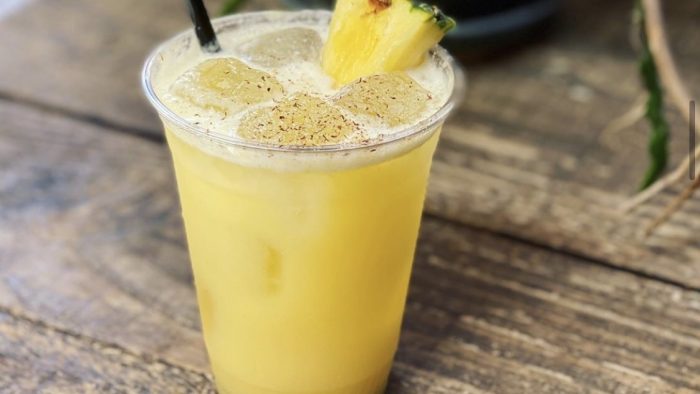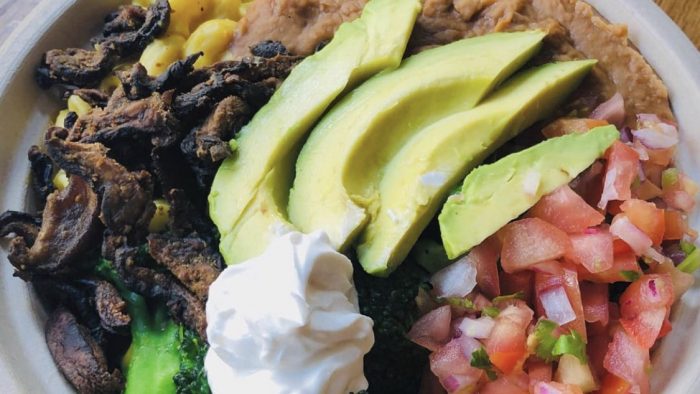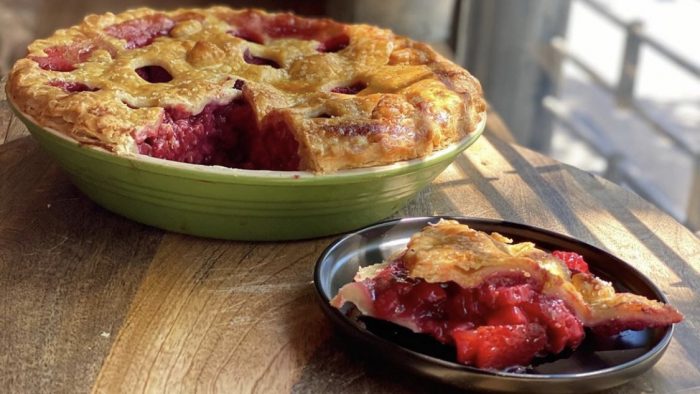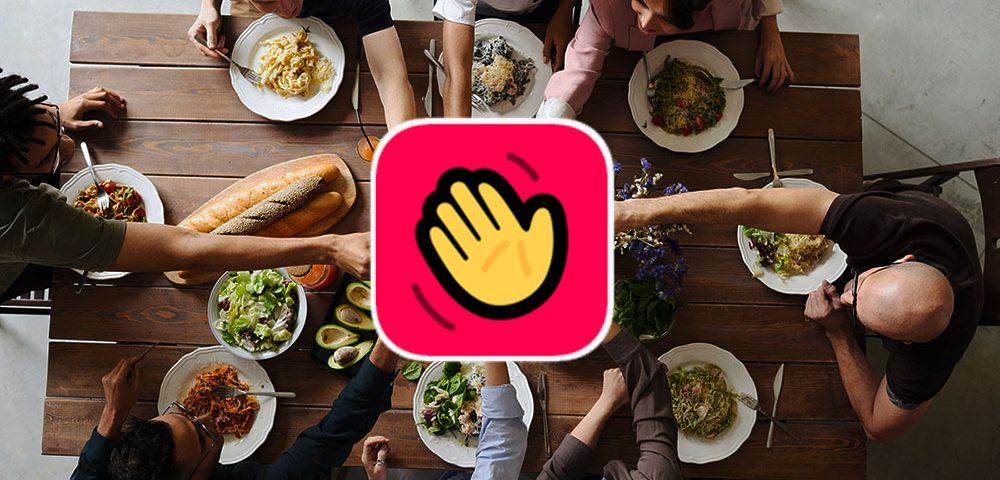With New York heading into Phase 2 of reopening next week, there’s a lot of “Do we?” or “Don’t we?” questions bouncing around.
Phase Two means outdoor dining options, some in-store shopping, hair salons, barbershops, real estate firms and offices in the city now have a real, tangible option of reopening. From a community standpoint, Phase Two means some of our favorite local spots are reopening and hoping back in the game – are things going to start shifting back to normal?!
Eh, maybe.
There is still a very real threat of a potential second wave of the virus showing face, so really it’s still better to take the, “better safe than sorry” approach. AKA – maintain social distance, keep that nose and mouth covered, and keep things virtual when possible. This also means that even though restaurants are starting to open outdoor seating, it’s still better to remain cautious and continue to make takeaway the primary restaurant interaction.
So while NYC is still in this strange COVID-19 limbo, it’s still possible to continue to support your community and be an active part in the uplift and regrounding of your favorite spots. To take your active stance further, why not make it a point to support even more specifically the black restaurant owners in your community?
Check out some of our black-owned NYC restaurant recommendations below.

Sisters
Clinton Hill
Chic cafe by day, cool bar, restaurant and music venue by night. Their menu is an eclectic New American style with something for everyone.
[I’d totally be down for a Sisters Painkiller right now.]
Takeout available on Caviar or by calling them directly 347-763-2537
Due to COVID-19, Sisters recommends keeping an eye on their Instagram for updates on menus and hours of operation.

Urban Vegan Kitchen
West Village
Comfort food, but make it vegan. Urban Kitchen was founded by NYC’s most successful vegan restaurateur, Pamela Elizabeth.
[Chili cheese fries! No wait, a burrito sounds good. Or do we go for chick-un waffles?!]
Takeout available on Postmates, Seamless, GrubHub, DoorDash, & ChowNow.
Harlem Shake
Harlem
The old school interior of Harlem Shake perfectly matches its satisfying menu of rich milkshakes and one of a kind hamburgers.
[10/10 for whoever can guess the cost of the Dimepeice combo.]
Takeout available on Seamless, GrubHub, UberEats, DoorDash, Delivery.com, & ToastTab.

Brown Butter
Bed–Stuy
Myriam Nicolas’s Brown Butter Craft Bar & Kitchen has brunch lovers and southern comfort food aficionados ready to chow down.
[I honestly can’t stop looking at the pie pics #drooling]
Takeout available on their website.
Sweet Chick
Williamsburg + Lower East Side
Sweet Chick brands themselves as “New American Comfort” and with fun cocktails and bomb fried chicken…they’re doing it right.
[Hi, yes, I’ll take one – make that two – Purple Dranks pls!]
Takeout available on GrubHub: Lower East Side Link & Williamsburg Link.




